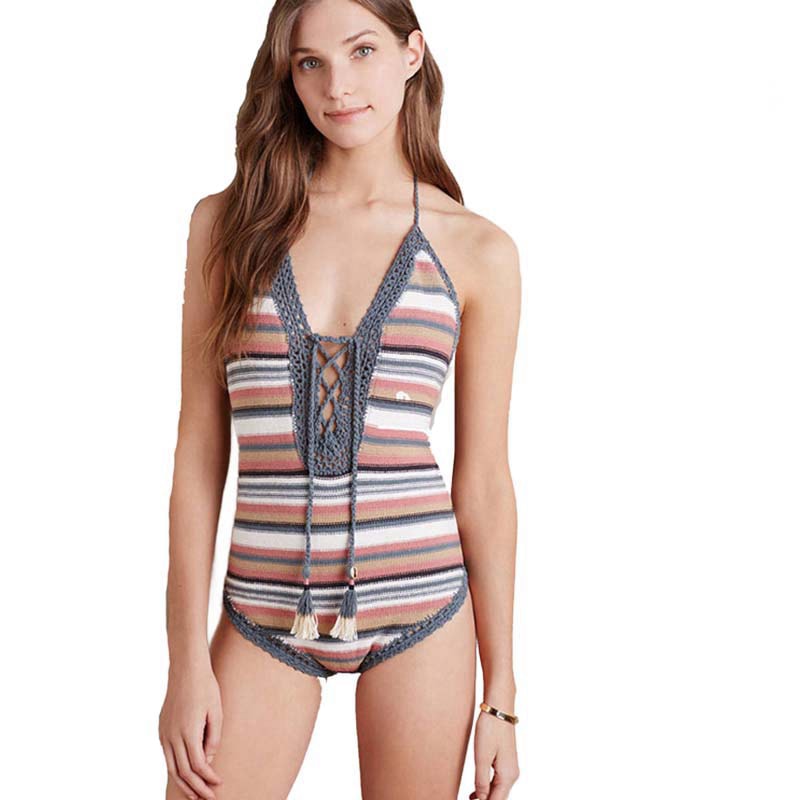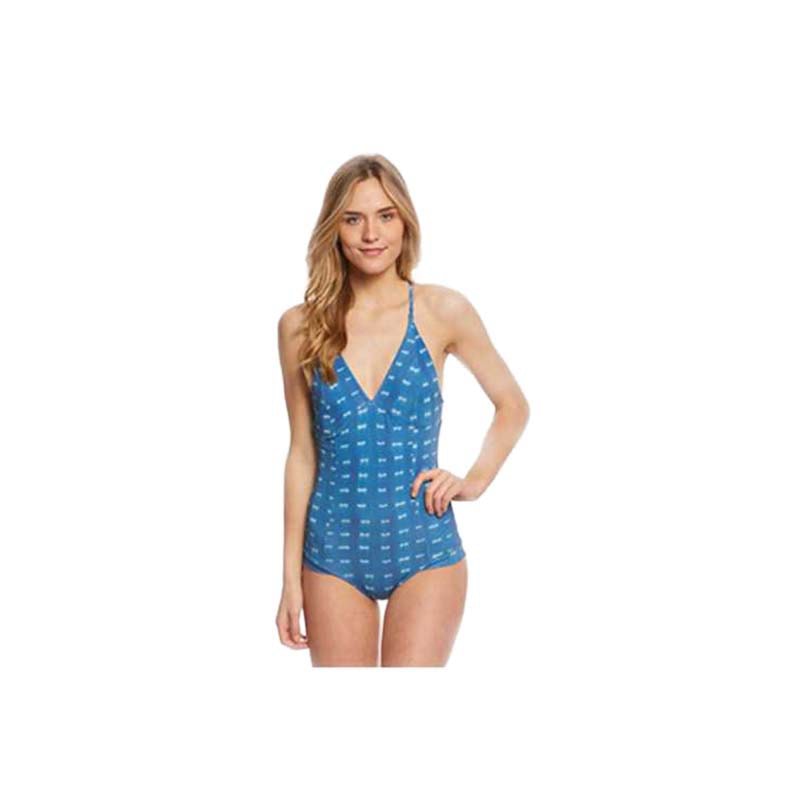Hello, swimwear enthusiasts! I know how thrilling it is to pick out or create that perfect swimsuit. But there¡¯s a crucial element you must consider: the fabric. Trust me, the right fabric can make all the difference in both aesthetics and comfort, whether you¡¯re diving into the ocean or lounging by the pool. Let’s dive into the details! (Pun intended.)
What to consider when choosing swimsuit fabrics
Choosing the right fabric for your swimsuit is essential for comfort, durability, and style. Here¡¯s what I consider the most important factors:
- Stretch and Flexibility: Look for fabrics with at least 15-20% Spandex content for optimal movement.
- Chlorine Resistance: Fabrics like Polyester blends can last up to 5 times longer in chlorine than standard Nylon.
- UV Protection: Some fabrics offer UPF 50+ protection, blocking out 98% of harmful UV rays.
- Quick Dry: Polyester fabrics generally dry twice as fast as cotton.
- Comfort: The fabric should feel smooth and non-irritating against your skin. Try to find fabrics with a soft finish or lining.
What to look for in stretch swimwear fabrics
When it comes to stretch, here are some features to focus on:
- 4-Way Stretch: Ensures flexibility in all directions. This feature is a must for competitive swimmers who need unrestricted movement.
- Spandex/Lycra Content: Aim for at least 15-20% for optimal elasticity. Fabrics with high Spandex content retain their shape better over time.
- Recovery Rate: The ability of the fabric to snap back to its original shape is crucial. Look for fabrics known for their durability and high recovery rate.
What is boardshorts fabric?
Boardshorts fabric is specifically designed for rugged aquatic activities like surfing, wakeboarding, and paddle-boarding:
- Material: Typically made from polyester or a polyester blend for quick-drying capabilities.
- Durability: Often incorporates a bit of Spandex for stretch but maintains a tough exterior to withstand friction against a surfboard or sand.
- Water Repellence: Some boardshorts fabrics have a hydrophobic coating to repel water, aiding in quicker drying times.
All about Swim Lining Fabric
Swim lining fabric adds extra support, comfort, and opacity to your swimsuits. The key features are:
- Material: Typically Nylon or Polyester, both known for durability and quick drying.
- Support: Adds structure to swimsuits, ensuring they fit snug and secure.
- Opacity: Prevents the swimsuit from becoming see-through when wet, which is crucial for modesty and confidence.
Fabrics to avoid when sewing swimsuits
Some fabrics just won¡¯t cut it for swimwear. Here¡¯s what to avoid:
- Cotton: Absorbs water heavily and takes a long time to dry, not ideal for swimwear use.
- Rayon: Tends to weaken and lose shape when wet, which is the opposite of what you want in swim fabric.
- 100% Spandex: While stretchy, pure Spandex lacks the structural integrity needed for swimwear and can easily stretch out.
Where to buy swimwear fabric
Purchasing the right swimwear fabric can be a game-changer. Here¡¯s where I recommend you start:
- Joann Fabrics: Known for a good selection of both Nylon and Polyester fabrics.
- Fabric.com: Offers a variety of swimwear fabrics with detailed descriptions, helping you make an informed choice.
- Etsy: Great for unique patterns and types, including eco-friendly options.
What’s the Best Swimsuit Fabric?
Honestly, it depends on your specific needs. Most of the time, blends of Nylon/Spandex or Polyester/Spandex offer the best balance of stretch, durability, and resistance to chlorine and UV rays. For instance, NYLON 80% combined with SPANDEX 20% is often a popular choice for its durability and flexibility.
All You Need to Know About Swimsuit Fabric
When considering what fabric to use for swimwear, it¡¯s imperative to weigh stretch, durability, and resistance to chlorine and UV rays. Specific numbers like a minimum of 15% Spandex for elasticity, and fabrics offering UPF 50+ for sun protection, can significantly impact your choice.
Different Types of Swimsuit Fabrics
Natural Fabrics
While natural fabrics like cotton and silk may seem appealing due to their comfort, they¡¯re usually not recommended for swimwear. They tend to absorb water, become heavy, and can lose their shape when wet, making them impractical for swimming activities.
Polyester Swimsuit Fabric Blends
Polyester blends are known for their durability and resistance to chlorine and UV rays, often lasting up to 5 times longer than Nylon in pool environments. This makes them ideal for competitive or frequent swimming.
Nylon Swimwear Fabric Blends
Nylon blends offer excellent elasticity and fit, making them a popular choice for many swimwear styles. However, they may not be as chlorine-resistant as polyester, so consider this if you swim in pools frequently.
FAQ
Here are answers to some common questions related to swimwear fabrics:
What is the best fabric for swimwear?
The best fabric generally includes a blend of Nylon/Spandex or Polyester/Spandex. These combinations offer excellent stretch, durability, and resistance to both chlorine and UV rays.
Which fabric is best for swimming?
Polyester blends are often the best for frequent swimming because of their exceptional durability and resistance to chlorine and UV rays, ensuring a longer lifespan for your swimwear.
What material do you use to make a bathing suit?
Nylon/Spandex and Polyester/Spandex blends are commonly used due to their flexibility and strength. Aim for fabrics with at least 15-20% Spandex for optimal performance.
What fabric can you wear in a swimming pool?
Always opt for fabrics that specifically mention chlorine resistance. Blends of Polyester or Nylon with Spandex are ideal for maintaining the suit’s integrity and comfort in a swimming pool.
So¡ What¡¯s the best fabric for swimwear?
In conclusion, the best fabric depends on your specific needs. For general use, blends of Nylon/Spandex or Polyester/Spandex offer the best combination of stretch, durability, and resistance. Consider the environmental conditions and your activity level to make the most informed choice. So go ahead, make a splash with the perfect swimwear fabric!









